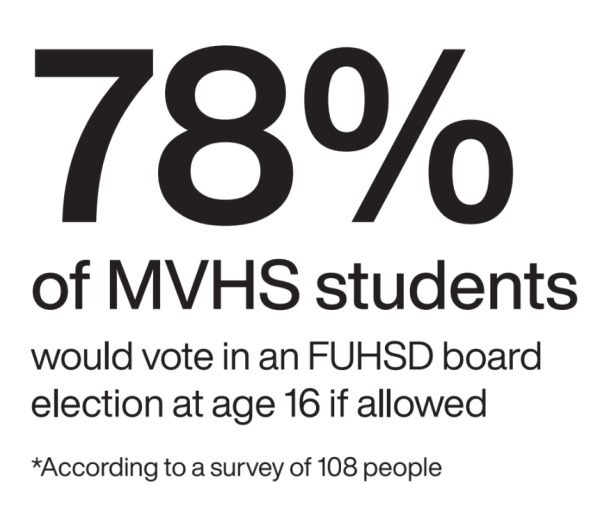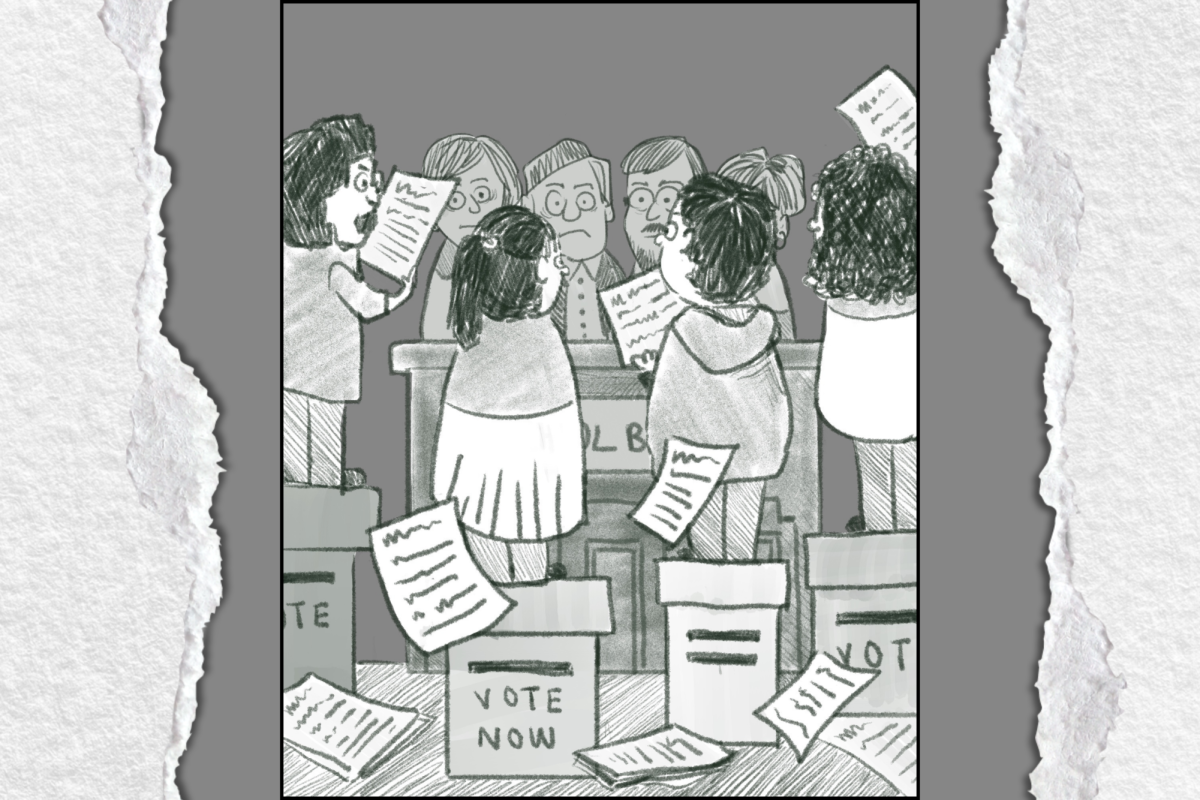This November, FUHSD board seats for Trustee Areas 2 and 5 were up for grabs. Candidates raced to campaign at PTSA events and candidate forums, aiming to best represent the interests of parents, teachers and community leaders. However, one crucial group was missing from the discussion: the students themselves.
This shouldn’t be the case. After all, the board oversees decisions that touch every aspect of student life. Budget allocation, managing hundreds of millions of dollars, determines which programs to prioritize or what technology to upgrade. Curriculum development shapes what students learn, preparing them for life beyond high school. Attendance zone boundaries shape the demographics of campuses and what educational resources are available to our community.
Meanwhile, across the country, school boards have become battlegrounds for divisive issues like book bans, DEI initiatives, LGBTQ+ discussions and critical race theory. For students in FUHSD, the decisions the board makes are the difference between an inclusive environment or one fraught with discomfort. Any shift of the board, especially as parental-rights advocacy groups gain momentum, could upend the experiences of students in an instant.
It’s only fair that FUHSD students, who have firsthand experience with all of the issues that the school board addresses, have the ability to vote in board elections. We cannot afford to leave those most vulnerable to the outcomes of board policies voiceless in the electoral process.

Allowing students to vote in board elections isn’t a radical idea. In fact, it’s already being done in California — Berkeley and Oakland granted 16- and 17-year-old students the right to vote in school board elections this year. While the results of the change remain to be seen, outcomes elsewhere have been promising.
For example, in Takoma Park, Maryland, lowering the voting age for local elections saw 69% of eligible youth turn out for the 2020 elections, outpacing the 54% turnout for all voters in the area. Analysis from Tufts University’s Center for Information and Research on Civic Learning and Engagement finds that politically engaged youth are more likely to remain engaged with politics in the future — it makes sense that the earlier students learn the mechanics of registering to vote and casting a ballot, the more likely they are to continue exercising their rights as adults.
Indeed, in some countries that have lowered the voting age, there has been an increase in voter turnout among all ages. Considering data from Tufts University that shows only 22% of Californians between 18 and 29 voted in the 2022 midterms, it is clear that more effort is needed to get young people to the ballot boxes and foster engagement in the democratic process.
A common pushback to giving students the right to vote is that they lack the knowledge and maturity to make these decisions. But if anything, we have seen the opposite from FUHSD students. Through ASB, clubs, nonprofits and other means, students have shown that they care about shaping their educational environment for the better. It’s possible to stay informed too, as FUHSD can continue to support student journalism and work to host spaces for students to talk with board candidates and discuss politics.
Research from the American Academy of Political and Social Science shows that youth possess the neurological and social maturity to vote based on empirical evidence. The logical next step is to formalize student involvement by giving them a direct vote.
FUHSD has an opportunity to empower students to be civically engaged. By giving students the ability to vote in school board elections, the district can ensure that its policies are shaped by those who are most affected by them and foster lifelong civic engagement. Students live with the outcomes of board decisions every day. It’s time to give them a say in who makes those decisions.









